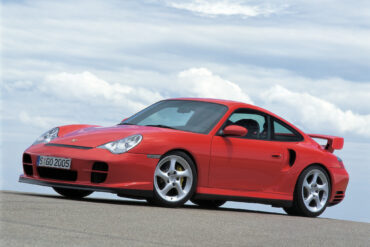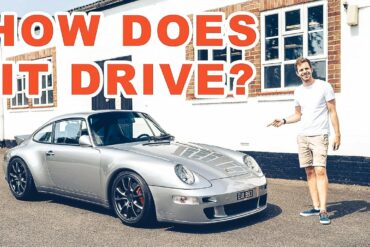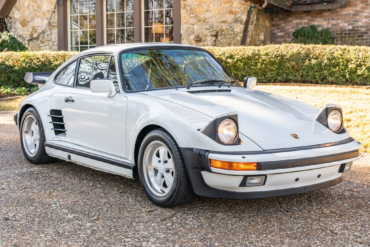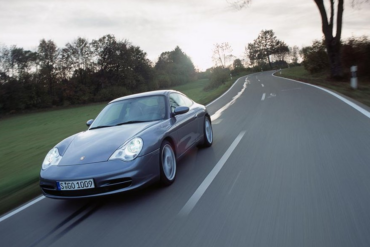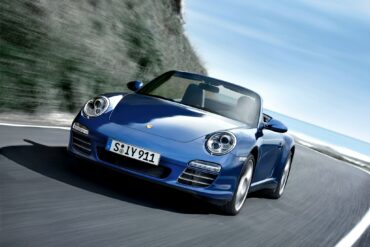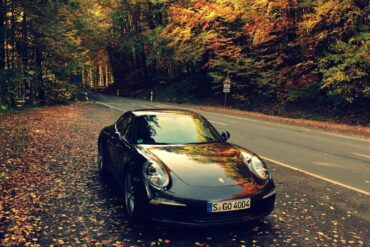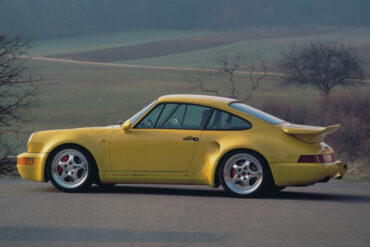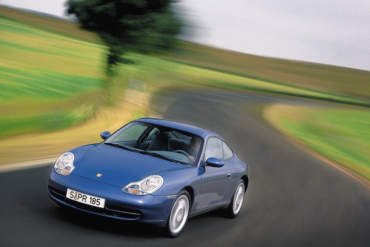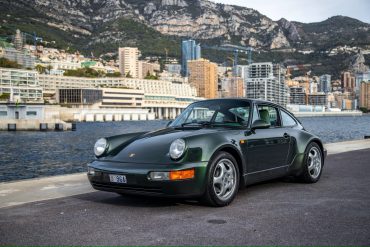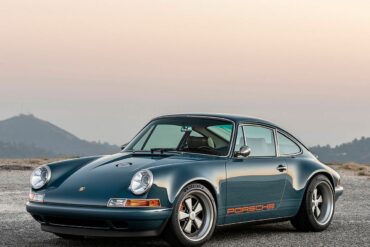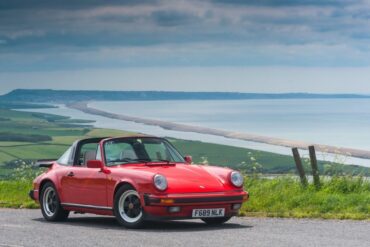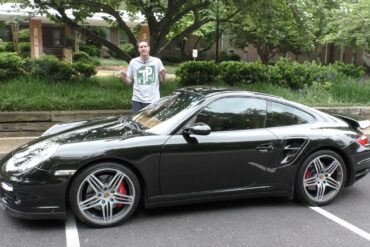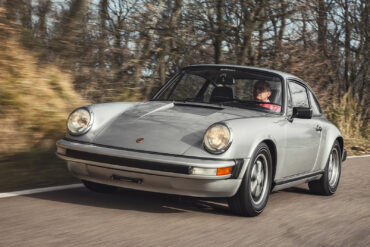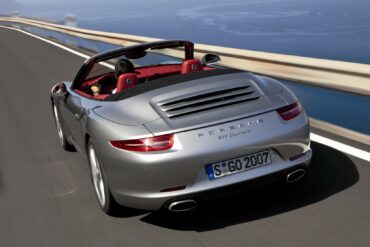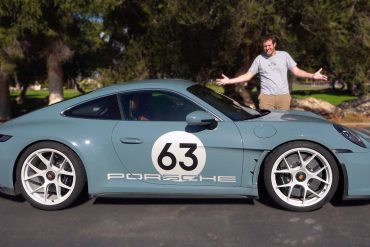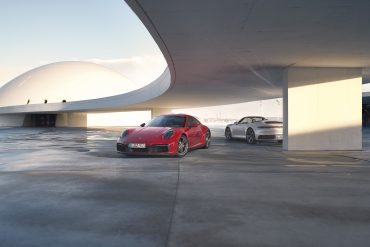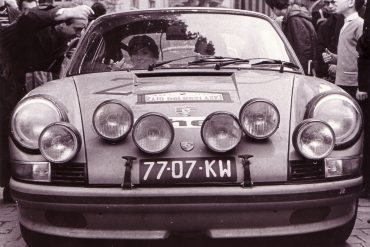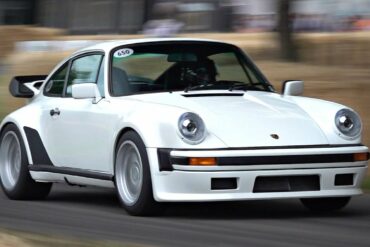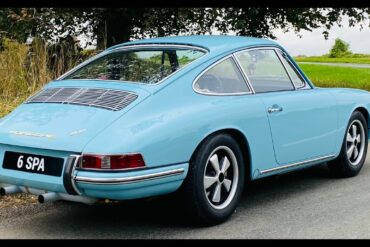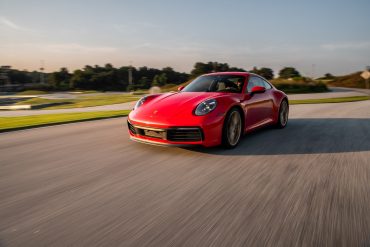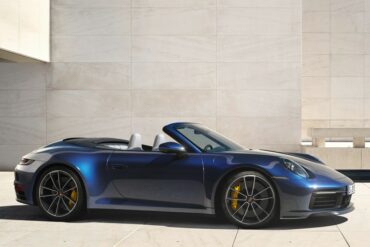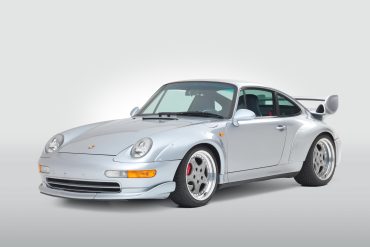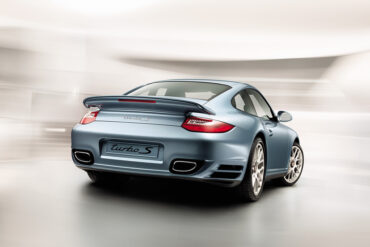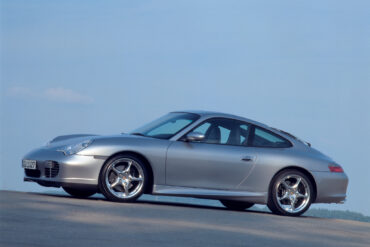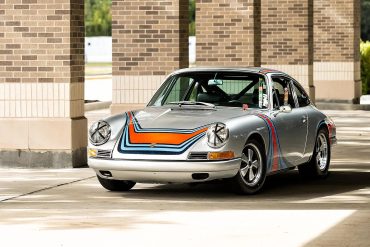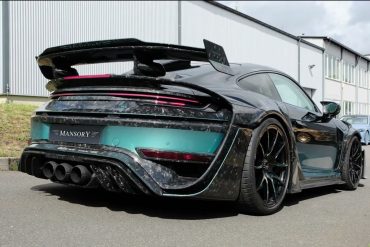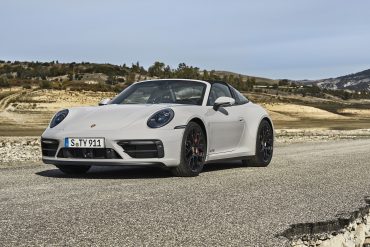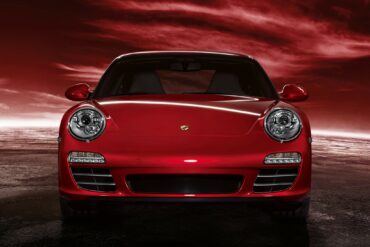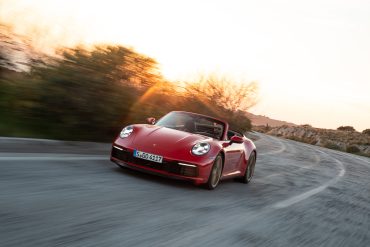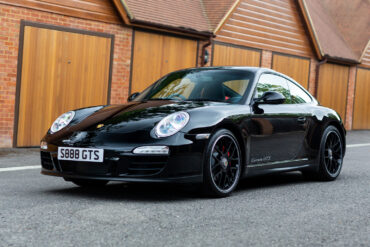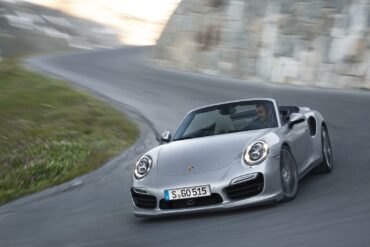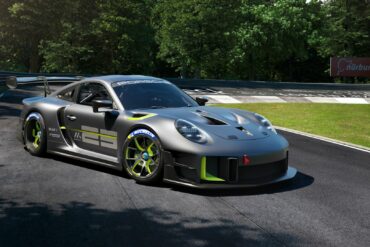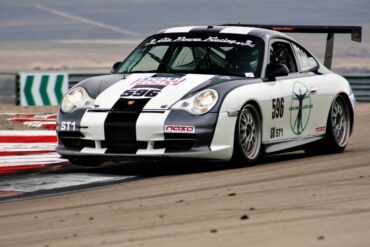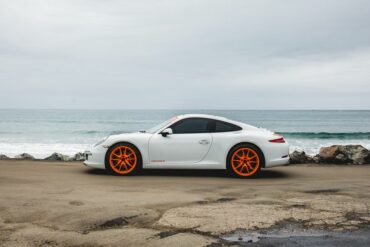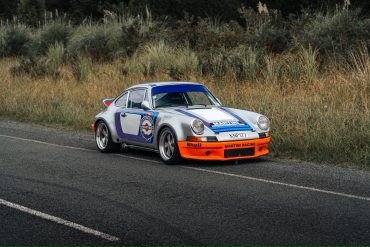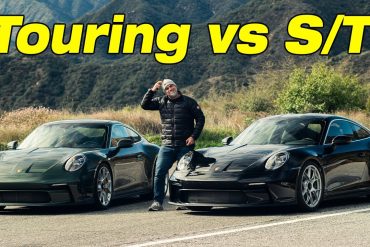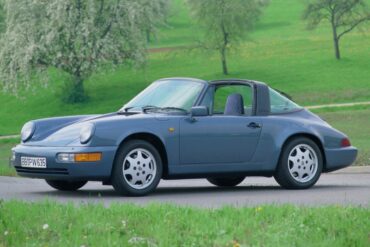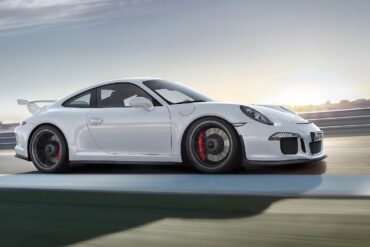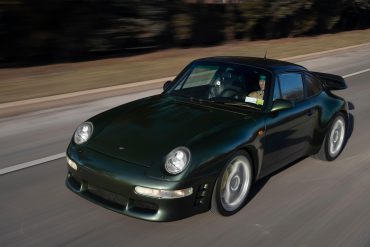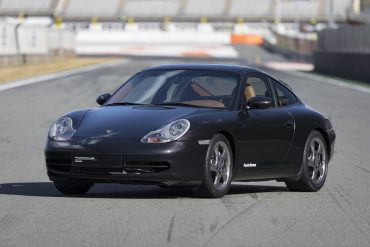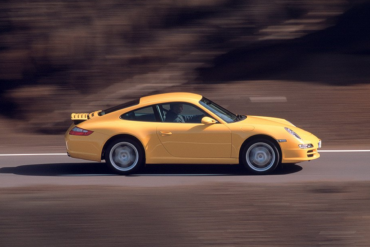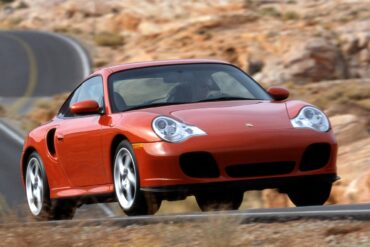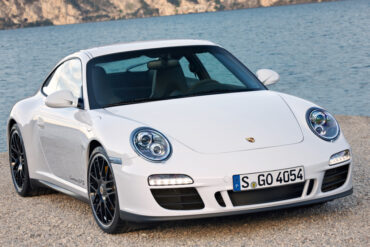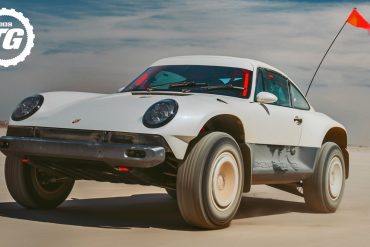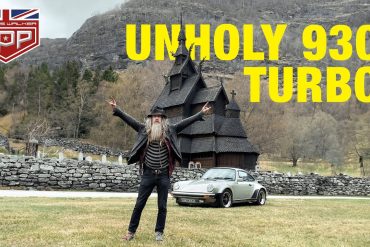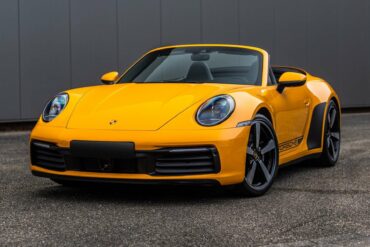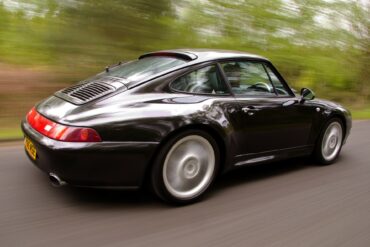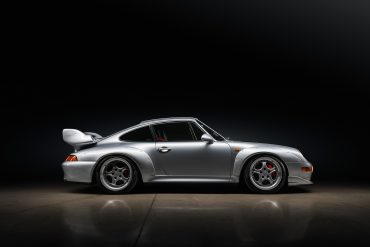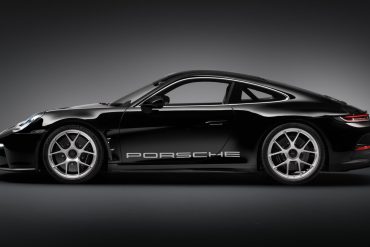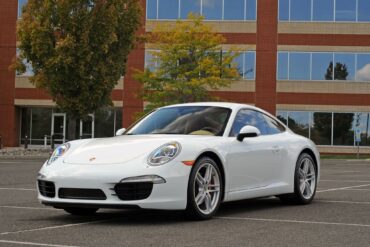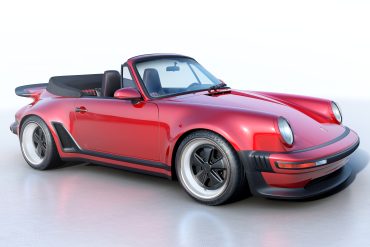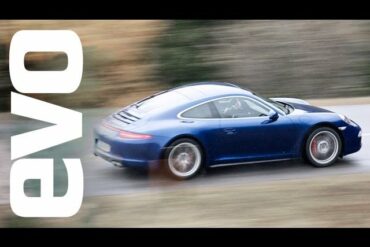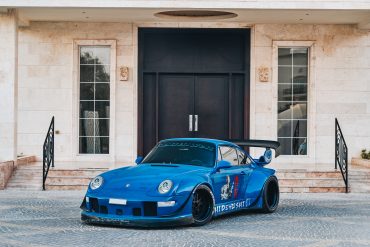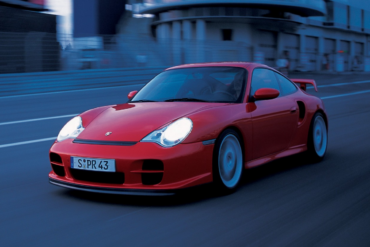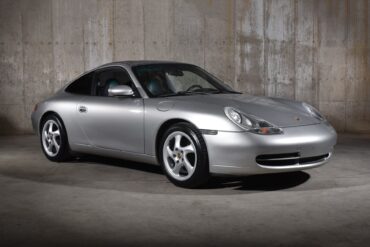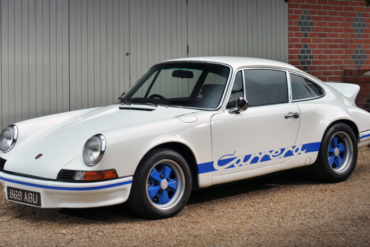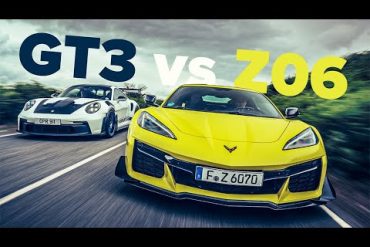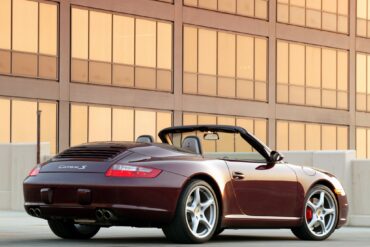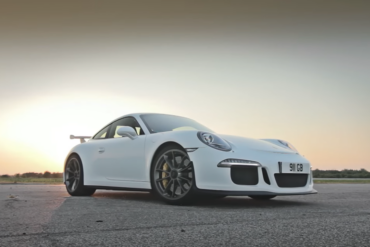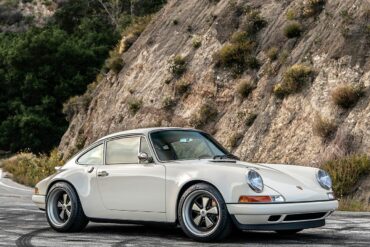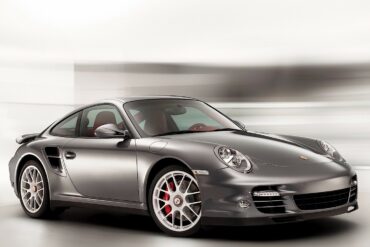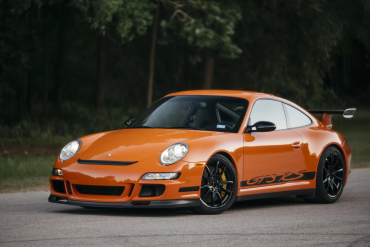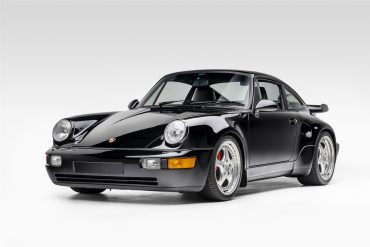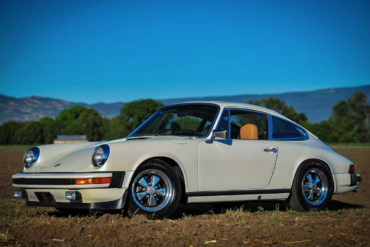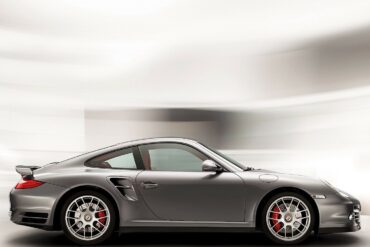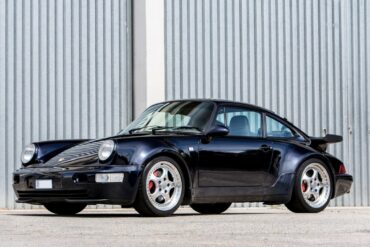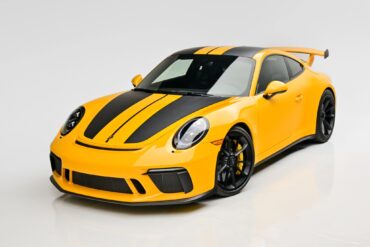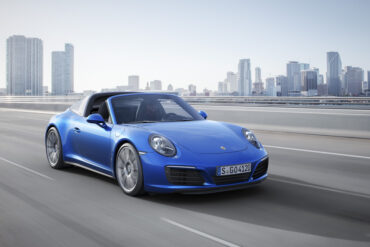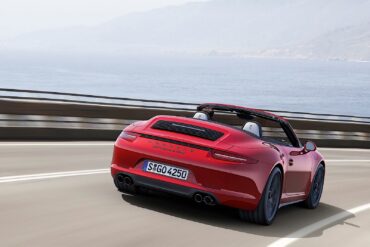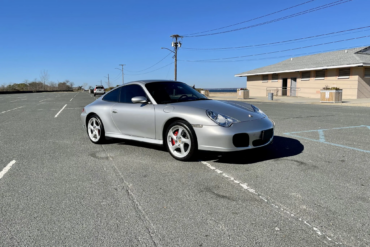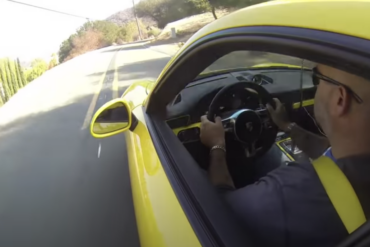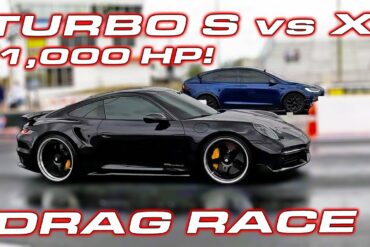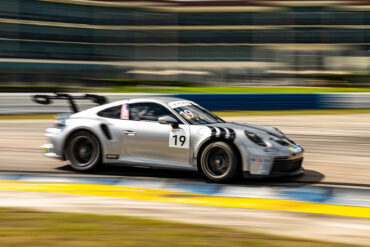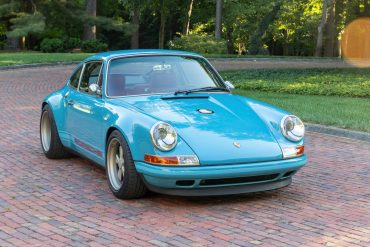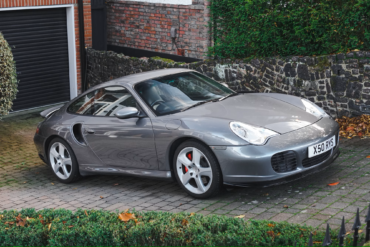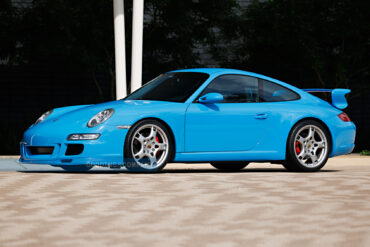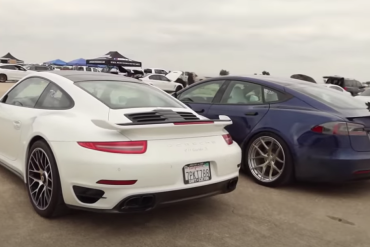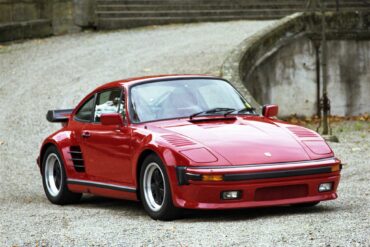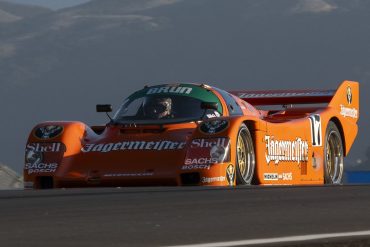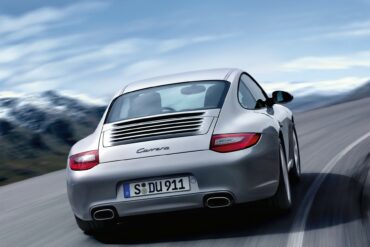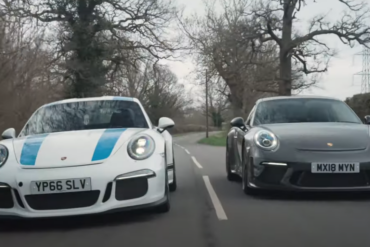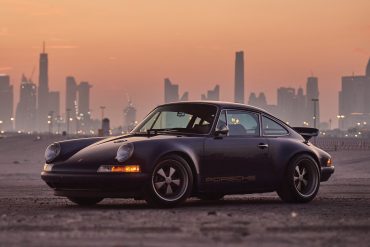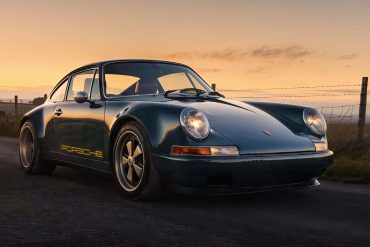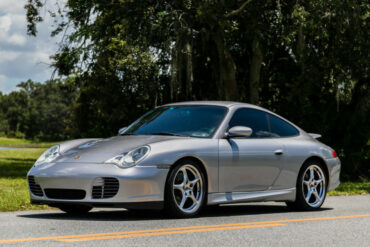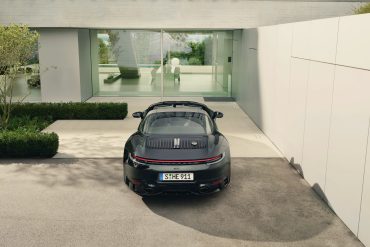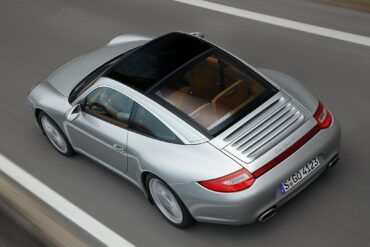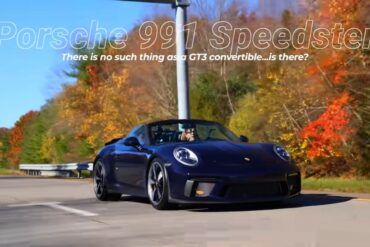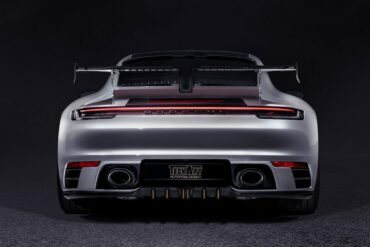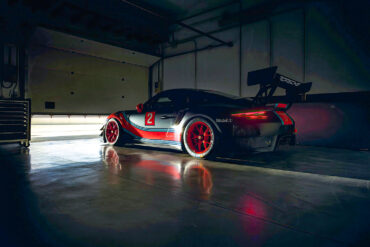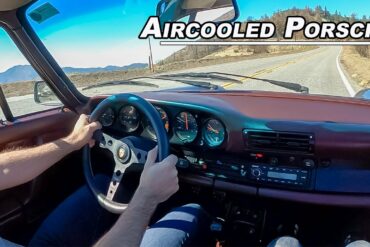The Porsche 911 GT2 combines the sporting character of the 996 911 GT3 with the power and straight line performance of the...
Porsche 911
All
- Porsche 912
- 911 Carrera RS 2.7
- Porsche 901 (911)
- Porsche 911 (F-Series)
- Porsche 911 (991)
- Porsche 911 (G-Series)
- Porsche 911 (964)
- Porsche 911 (993)
- Porsche 911 (996)
- Porsche 911 (997)
- 911 Speedster Concept
- Porsche 911 (992)
- 964 Carrera 2
- 964 Carrera 4
- ’30 Jahre’ Anniversary
- 964 Speedster
- 964 Turbo
- 964 Carrera RS
- 964 Carrera Cup
- 964 RSR
- 993 Carrera
- 993 Carrera 4
- 911 Edition 50
- 993 Carrera 4S
- 911 2.0 Bertone Roadster
- 993 Carrera S
- 993 Targa
- 992 Sport Classic
- 993 Turbo
- 996 Carrera
- 993 Carrera RS
- 992 America Edition 911
- 996 Carrera 4
- 993 GT2
- 996 Targa
- 993 Carrera Cup
- 996 Carrera 4S
- 996 Turbo
- 996 Turbo S
- 996 GT3
- 996 GT3 RS
- 996 GT2
- 996 GT3 Cup
- 996 GT3 R
- 996 GT3 RSR
- 997 Carrera
- 996 GT3 RS Race
- 997 Carrera S
- 997 Carrera 4
- 997 Carrera 4S
- 997 Targa
- 911 Carrera 3.0 Coupe (G-Series)
- 997 Targa 4S
- 997 Turbo
- 997 Turbo S
- 997 GT2
- 992 Carrera T
- 997 GT2 RS
- 997 Speedster
- 997 Carrera GTS
- 992 Dakar
- 997 Carrera 4 GTS
- 997 GT3 Cup
- 997 GT3 R
- 997 GT3 RSR
- 997 GT3
- 997 GT3 RS
- 997 GT3 R Hybrid
- 991 Carrera
- 991 Carrera 4
- 991 Carrera S
- 991 Carrera 4S
- 991 Targa 4
- 991 Targa 4S
- 991 Turbo
- 991 Turbo S
- 991 Carrera GTS
- 991 Carrera 4 GTS
- 991 Targa 4 GTS
- 991 911 R
- Porsche 992 GT2 RS
- 991 GT3
- 991 GT3 RS
- 991 GT2 RS
- 991 Speedster
- 991 GT3 R
- 991 GT3 Cup
- 991 RSR
- 991 Carrera T
- 992 Carrera 2
- 992 Carrera 4
- 992 Carrera S
- 992 Carrera 4S
- 992 Targa 4
- 992 RSR
- 992 Targa 4S
- 992 Carrera GTS
- 992 Carrera 4 GTS
- 992 Targa 4 GTS
- 992 Turbo
- 992 GT3 R
- 992 Turbo S
- 992 GT3
- 992 GT3 Touring
- 992 911 S/T
- 911 (G-Series)
- 992 GT3 RS
- 992 GT2 RS
- 992 GT3 Cup
- 911 Carrera 3.0 (G-Series)
- 911 S (G-Series)
- 911 Carrera RSR 2.8
- 911 SC (G-Series)
- Porsche 992 GT3 R Rennsport
- 911 S/T
- 911 Carrera 3.2 (G-Series)
- 911 (Base Model)
- 911 Turbo (930)
- 911 SC Safari
- 911 L
- 911 Carrera RSR Turbo 2.1
- 911 T
- 911 Carrera RSR 3.0
- 911 E
- 911 S
- 911 SC San Remo
- 911 Carrera 3.2 Clubsport
- 911 R
- Porsche 953
- 911 Carrera RS 3.0
- 911 T/R
- 911 Carrera 25th Anniversary
- 911 SC RS
- 911 Turbo LE
- 911 Carrera Commemorative
- 911 Carrera 2.7 (G-Series)
- 911 3.2 Speedster
- 911 Turbo 2.7
- 964 Turbo S
It’s time for a drive of the Paul Stephens Autoart Porsche 911 993R. Do all those details add up....
If you head over to Bring A Trailer now, you’ll have the chance to acquire one of the reported 33...
2004 Porsche 911 Carrera Coupe (996.2) Technical Specifications Engine Type Flat 6 Induction Normally-aspirated Cooling Water-cooled Valvetrain Double overhead camshafts...
The Carwow channel organized a drag race between two Porsche models: a modified 911 Turbo S and the 918 Spyder....
In the case of the 911 Carrera 4S Cabriolet that begins with a larger, more potent six-cylinder engine. The Carrera 4S is powered by a 3.8-liter flat six that produces 355 horsepower and 295 lb.-ft. of torque. The roughly ten percent increase in power translates to improved acceleration and higher top track speed. The 911 Carrera 4S Cabriolet with the six-speed manual gearbox races from a stop to 60 mph in only 4.7 seconds, topping out at the track at 185 mph. When carrying the optional Tiptronic S transmission, the zero to 60 mph sprint takes a mere 4.5 seconds.
TheGetawayer Drives A PDK Base Carrera (991) To finish this year’s season of car-reviews, Porsche gave me this beautiful 911...
Porsche made a lightweight version of the Turbo simply known as the Tuubo S. This used the spartan appointments of the Carrera RS with an upgraded version of the Turbo engine. Some cars received graphics on the side celebrating IMSA Supercar Championship. Similar to the Carrera RS, the Turbo S had no power steering, air conditioning, airbags, central locking, alarm system, rear window wiper, smaller window washer reservoir, smaller horn, and had thin-gauge glass. The engine used a second oil cooler and slightly higher boost to improve overall performance.
2000 Porsche 911 Carrera 4 Coupe (996) Technical Specifications Engine Type Flat 6 Induction Normally-aspirated Cooling Water-cooled Valvetrain Double overhead...
This bespoke version of the ’30 Jahre’ model comes with the wide body of the 964 Turbo combined with a...
Singer Vehicle Design – Michigan Commission Today, we take a closer look at the Singer Vehicle Designs Michigan Commission. This...
1984-1989 Porsche 911 Carrera 3.2 Targa Pictures & Gallery...
Pushing the 4S Hard on Mountain Roads The 2020 Carrera 4S is the AWD variant of the all-new 992-generation of...
Porsche 911 997 Turbo Video Review I think the “997” Porsche 911 Turbo is an amazing bargain, with some models...
The base model Porsche 911, along with the 2.7 Liter 911S and Carrera 2.7, was introduced for the 1974 model year with many significant changes to meet legislative requirements around the world for both impact safety and emissions. It was available in Coupe and Targa variants, sporting engine Type 911/92 with K-Jetronic fuel injection, rated at 150 hp. For the 1975, the base model was discontinued in North America. ROW got Coupe and Targa variants, featuring engine Type 911/41 rated at 150 hp.
2012 – 2015 Porsche 911 Carrera Cabriolet Pictures & Gallery...
In 1993, Porsche introduced the Type 993, considered by many as the most beautiful 911. After years of aerodynamic and...
Many consider the 2024 Porsche 911 S/T as the ultimate Porsche 911 as it combines the best features from various...
2022 Porsche 911 Carrera 4 (992) Technical Specifications Engine layout Rear Engine Engine type Boxer, twin-turbo Cylinders 6 Valves per cylinder...
This story covers the development of the Porsche 911 RS/RSR prototype in the middle of 1972. Surprisingly, the very first...
$1.45M Porsche 930 with Formula 1 Engine by Lanzante This is Lanzante’s Porsche 930 TAG Turbo and its limited to...
1965 911 SWB by Sports Purpose. Is this £350,000 Porsche the purest driving 911 of them all? This ’65 Porsche...
J.D. Power recently released the 2022 U.S. Vehicle Dependability Study (VDS) which showed the Porsche 911 as the highest-ranked model...
2023 Porsche 911 Carrera 4 Cabriolet (992) Technical Specifications Engine layout Rear Engine Engine type Boxer, twin-turbo Cylinders 6 Valves per...
The 993 Porsche 911 GT2 (or GT as it was initially called) was built in order to meet homologation requirements...
2013 Porsche 911 Turbo S (997) Technical Specifications Engine Type Flat 6 Induction Twin-turbocharged Cooling Water-cooled Valvetrain Double overhead camshafts Injection...
The Porsche 911 is the quintessential high-performance sports car and has been for as long as we can remember. A...
Introduced in 1966 to enhance the performance capabilities of the already successful 911, the 911 S boasted a more powerful...
Last year, Mansory, introduced the “P9LM EVO 900,” an evolution of the beloved 911 Turbo S, celebrated by racing legend...
Introducing the all-new Porsche 911 Introducing the all-new Porsche 911! Rolling in with a six-cylinder, twin-turbo 3.0-litre that can hit...
The 2022 Porsche Targa 4 GTS adds more grunt, packs less weight, has sharper handling, and packages it up in...
2011 Porsche 911 Carrera 4S Coupe (997.2) Technical Specifications Engine Type Flat 6 Induction Normally-aspirated Cooling Water-cooled Valvetrain Double overhead camshafts Injection...
2020 – Present Porsche 911 Carrera S Cabriolet (992) Pictures & Gallery...
Porsche Option Codes – Porsche 911 (2012 Model Year) Looking to decode your 2012 Porsche 911 option codes? Want to...
The 2014 Porsche 911 Turbo Cabriolet is a great companion to its coupe sibling. The Porsche 911 Turbo Cabriolet delivers the same blend of dynamism, performance and efficiency offered by the Coupe. The turbocharged 3.8-litre six-cylinder engine delivers 520 bhp and it helps drivers accelerate from zero to 60 mph in just 3.1 seconds (there goes your hair style). Compared to the 997.2 Turbo Cabriolet the new Turbo Cab delivers 30 bhp more power and are 0.2 seconds faster in terms of their standard acceleration. It is also up to 15% more efficient and more luxurious and comfortable to boot.
Porsche will only build 30 examples of the Clubsport 25. Mechanically, it's similar to the regular GT2 RS Clubsport. It makes the 691 horsepower from a twin-turbocharged 3.8-liter flat-six. But it gets many, many changes to the exterior and even the cooling system. As you can clearly see, the body has been lengthened, and it has also been widened. The latter is necessary to house the wide, low-offset 18-inch wheels taken from the Porsche 935, though without the aerodynamic covers.
2003-2005 Porsche 911 GT3 Cup (996) Technical Specifications Type Racing Car Built at Germany Engine Flat-6 w/Dry Sump Lubrication Position...
Vonnen Performance Offers Glimpse Into What a Production 911 Hybrid Could Look Like Here we are in the year 2019,...
This 964-generation Porsche 911 Carrera 2 has been elegantly transformed into a tribute to the iconic RSR model. Externally, it...
In the realm of high-performance sports cars, few names command as much respect as Porsche. Recently, enthusiasts have been captivated...
1993 Porsche 911 Carrera 2 Targa (964) Technical Specifications Engine Type Flat 6 Induction Normally-aspirated Cooling Air/oil-cooled Valvetrain Single overhead...
2014 – 2016 Porsche 911 GT3 (991) Pictures & Gallery ...
RUF’s successor to the iconic “Yellowbird” arrived in 1995, this time built on the new 993 Turbo chassis. Staying true...
In 1999, Porsche celebrated the turn of the century with a special edition – the 996 "Millennium Edition". The 911 Millennium edition was based on the Carrera 4 coupé and was pretty rare, with only 911 cars made. Based on the Carrera 4, the "Millennium Edition" was limited to 911 examples and was based exclusively on the wide bodied Carrera 4. This special edition was finished in Violet Chromaflair paint, which, depending on the light changes from dark violet to light green and is quite spectacular to look at. It also got a caramel-colored leather interior and polished "turbo-twist" wheels.
2008 Porsche 911 Carrera (997) Technical Specifications Engine Type Flat 6 Induction Normally-aspirated Cooling Water-cooled Valvetrain Double overhead camshafts Injection...
2002 Porsche 911 Turbo (996) Technical Specifications Engine Type Flat 6 Induction Twin-turbocharged Cooling Water-cooled Valvetrain Double overhead camshafts Injection...
It's not often Porsche creates an all-new model in their 911 lineup. But the 997 Carrera GTS is just that. It's faster, more powerful and better looking than any other model in the Carrera family. However it's still a little less hardcore than the 911 GT3, and a lot cheaper than the 911 Turbo. The Porsche 911 Carrera GTS features a 3.8 litre flat-six engine which is tuned to develop 408 horsepower, that's 23 hp more than the Carrera S manages. Think of it as the perfectly optioned Carrera S for less money.
The Singer All-terrain Competition Study, or ACS for short is a reimagined 964 911 developed through a collaboration between Singer...
When Magnus Walker was invited to Fjord Lift event in Norway he quickly took the chance to drive a remarkable...
The 992 Carrera S Cabriolet gets a twin-turbo 3.0-liter flat-six with 443 bhp and 390 ft lbs of torque. That is 29...
1997 Porsche 911 Carrera S (993) Technical Specifications Engine Type Flat 6 Induction Naturally Aspirated Cooling Air/oil-cooled Valvetrain Single overhead...
The 993 Porsche 911 GT2 (or GT as it was initially called) was built in order to meet homologation requirements...
Unsurprisingly, limited edition 911 models are hotter than the face of the sun, with six-digit markups the norm for recent...
PCarMarket is currently offering a 2013 Porsche 911 Carrera Coupe that has 67,241 miles on its odometer. This Carrera is...
California-based luxury specialist Singer just released their first reimagined Porsche 911 (Type 964) Cabriolet. After getting some requests from owners,...
If you were lucky enough to visit Rennsport Reunion 7 in Monterey, California, then chances are you gazed at one...
Henry Catchpole Drives the new 991 Carrera 4S evo’s Henry Catchpole takes the new 991 Carrera 4S, the latest four-wheel-drive...
Akira Nakai is a former drift racer whose devotion to Porsche’s iconic sports car has led to a series of...
2004 Porsche 911 GT2 (996) Technical Specifications Engine Type Flat 6 Induction Twin-turbocharged Cooling Water-cooled Valvetrain Double overhead camshafts Injection...
2000 Porsche 911 Carrera (996) Technical Specifications Engine Type Flat 6 Induction Normally-aspirated Cooling Water-cooled Valvetrain Double overhead camshafts Injection...
Porsche 911 Carrera RS 2.7 1973 Porsche 911 Carrera RS 2.7 Engine: 2,687 cc, air-cooled horizontally flat six Production dates:...
Chevrolet and Porsche present two highly competitive sports car contenders in the current market. The 2023 Chevrolet Corvette Z06, offers...
2007 Porsche 911 Carrera S Cabriolet (997) Technical Specifications Engine Type Flat 6 Induction Normally-aspirated Cooling Water-cooled Valvetrain Double overhead...
A Thorough Review of the 991 GT3 The all-new 991-generation Porsche 911 GT3 faces its toughest challengers on road and...
Singer Vehicle Design – Auburn Commission Today, we take a closer look at the Singer Vehicle Designs Auburn Commission. This...
The 997.2 Turbo was introduced for the 2010 model year and received a new 3.8 litre engine capable of 493 horsepower, a significant evolution as compared to the 473hp in the 997.1 Turbo. The 997.2 Turbo was available in both manual and automatic transmissions, but the automatic evolved from the Tiptronic used in its predecessor, to a sportier dual-clutch PDK. Approximately 3,300 coupes were produced and 1,800 cabrios, far less than its predecessor. An epic all-around GT with more performance than you could ever need.
Although the 996-generation GT3 RS didn’t came to the US, that completely changed when the 997-generation was introduced. Production of...
In a stunning display of automotive prowess, Romain Dumas has shattered world records by ascending to an unprecedented altitude of...
In 1994, the standard Porsche Turbo 3.6 was the fastest production car available in the United States. The Turbo S...
1974 – 1977 Porsche 911 S 2.7 Technical Specifications Body Type 2+2 seater fixed-head coupé Number Of Doors 2 Wheelbase...
2012 Porsche 911 Turbo (997.2) Technical Specifications Engine Type Flat 6 Induction Twin-turbocharged Cooling Water-cooled Valvetrain Double overhead camshafts Injection Direct Fuel...
1994 Porsche 911 Turbo 3.6 Coupe (964) Technical Specifications Engine Type Flat 6 Induction Turbocharged Cooling Air/oil-cooled Valvetrain Single overhead...
Live on Bring A Trailer is an exquisite 2019 Porsche 911 GT3, boasting a mere 1,600 miles on its odometer....
The 991.2 911 Targa 4S is powered by the latest water-cooled 3.0-liter twin-turbocharged flat-six from Porsche, producing 420 hp and 368 lb-ft of torque. It can be optioned with a PDK seven-speed dual-clutch automatic (a seven-speed manual is standard) and all-wheel drive is standard. Whereas the two earlier generations of Targas were little more than 911 Carreras with large glass sunroofs, the 991-series Targa nailed the look and feel of the original.
2015 – 2016 Porsche 911 Carrera GTS Cabriolet (991) Pictures & Gallery ...
In 2002, the entire generation of the 996 was facelifted. The Carrera 4S was introduced and got the new engine...
Visitors to the 2024 Goodwood Festival of Speed enjoyed another stellar celebration of motoring and motorsport, with a variety of...
TheSmokingTire Review of the 991 Porsche 911 Carrera S Matt takes a spirited drive through the canyons in the 2014...
The Porsche Mobil 1 Supercup kicks off the new season this coming weekend at the Emilia-Romagna Grand Prix. Once again,...
Porsche Club of America recently released a video pitting a 2016 911R against a brand-new 992 GT3. The Audrain Group...
In a video posted on YouTube by the DragTimes channel, we get to see a modified Porsche 992 Turbo S...
Early Beginnings It all began in 1990 with the vehicles built for the Porsche Carrera Cup Deutschland. Since then, the...
Singer Vehicle Design is driven by the singular vision of Rob Dickinson, an ex-car designer and rock musician who came...
Collecting Cars is currently offering a low mileage example of a 2004 Porsche 911 Turbo equipped with the optional X50 Performance...
The 2022 Monterey Car Week is almost upon us and with it are the much-awaited auctions by Gooding and Company,...
I know these drag races are kind of pointless to most of us, but I do think they are entertaining....
Slantnosed and based on that of the 935 racecars, with pop-up headlamps. The front spoiler was made deeper in order to accommodate the extra oil cooler, while intakes in the rear wings fed air to the brakes. The larger turbocharger and four-outlet exhaust gave 30bhp of extra power. Porsche began their “special order program” offering a Flachbau option (Slantnose) for the 930 in very limited production. All of this at a cost of nearly 2 times the standard 930S.
If a picture is worth a thousand words, what is a video worth? Enjoy this throwback to 2023’s premier celebration...
2010 Porsche 911 Carrera (997.2) Technical Specifications Engine Type Flat 6 Induction Normally-aspirated Cooling Water-cooled Valvetrain Double overhead camshafts Injection Direct...
Two Amazing Choice – The Porsche 911 R & 911 GT3 Touring The 911 R is one of the rarest...
Known as the ‘Fiona Commission’ by Singer, this car is equipped with a 4.0-liter flat six-cylinder engine paired to a...
The esteemed UK firm, Theon Design, known for their custom reconfigurations of the iconic Porsche 911, has recently unveiled a...
To commemorate the 40th year of 911 production, Porsche built 1963 of the 40th Anniversary Porsche 911 Carrera for model year 2004. Painted only in a GT Silver Metallic finish, with a dark gray leather interior, the 40th Anniversary (or 40 Jahre in German) took the Base Model 996 Carrera and added the front fascia of the 996 Turbo, side skirts and luxury features for the cabin – including a luggage set that matched the special grey leather interior. Mechanically, the X51 Powerkit increases power to 341hp, combined with rear wheels power wheels, a standard 6-speed manual and sport suspension and limited-slip differential included.
2022 Porsche 911 Edition 50 Years Porsche Design (992) Technical Specifications Model Porsche 911 Edition 50 Years Porsche Design Design and cylinders...
2012 Porsche 911 Targa 4 (997.2) Technical Specifications Engine Type Flat 6 Induction Normally-aspirated Cooling Water-cooled Valvetrain Double overhead camshafts Injection...
Nick Murray delves into why the Porsche 991 Speedster is Porsche’s version of a cabriolet....
This 991.2-era 911 Turbo S has been extensively rebuilt and upgraded by MRP Performance in Spain into a bespoke one-of-one...
TechArt has been an upgrade, aesthetics, and tuning house for Porsche’s since it was first formed in 1987. Everything from...
The Introduction of a Hybrid drivetrain On the surface, there isn’t much to be surprised about regarding the recent announcement...
POV In A Great Sounding 911 GVBC is a car enthusiasts dream! Every Friday morning a group of dedicated drivers...


